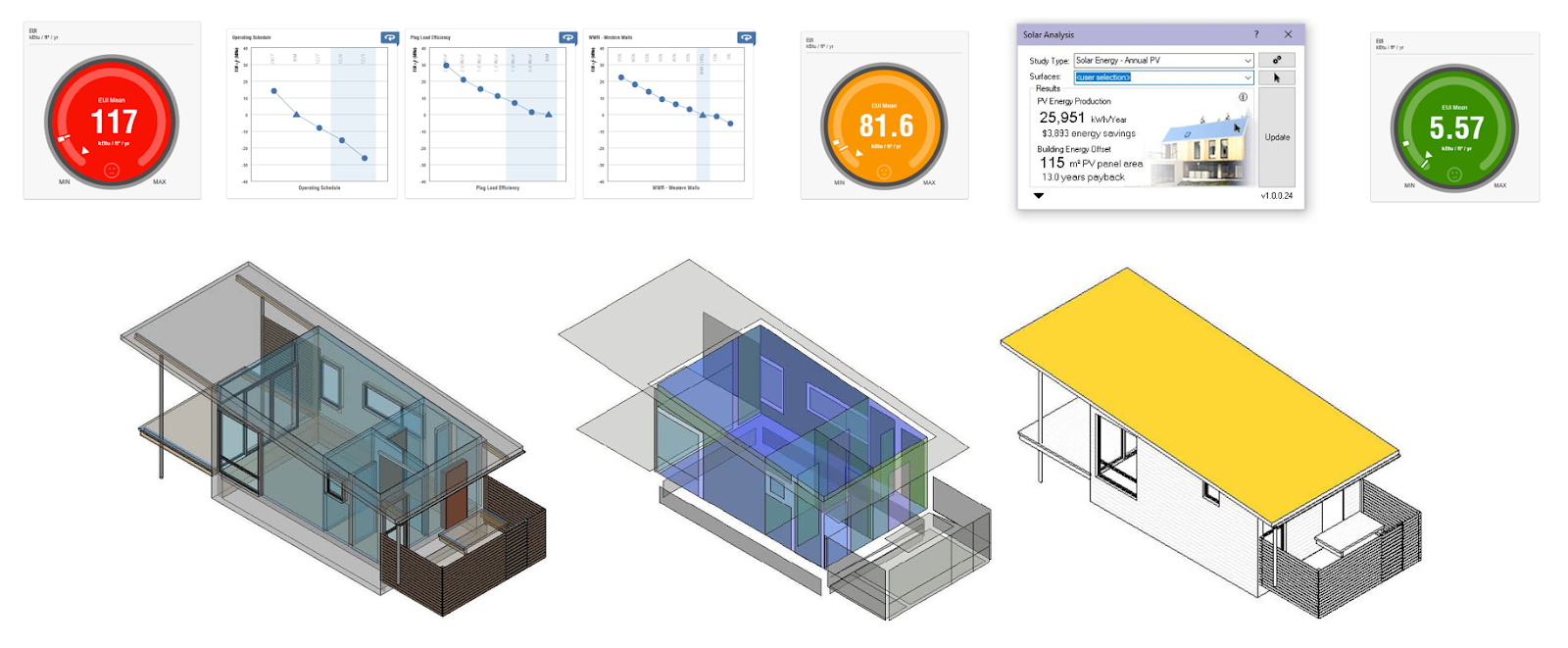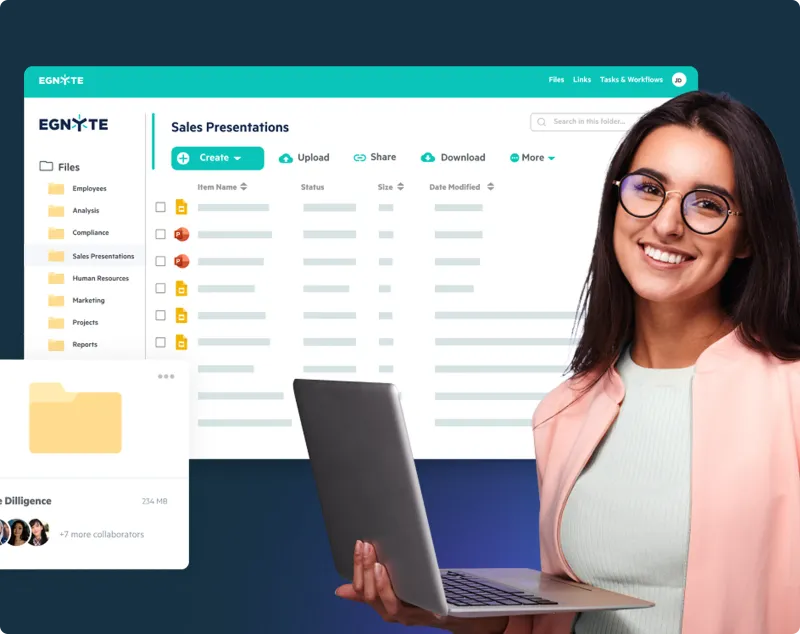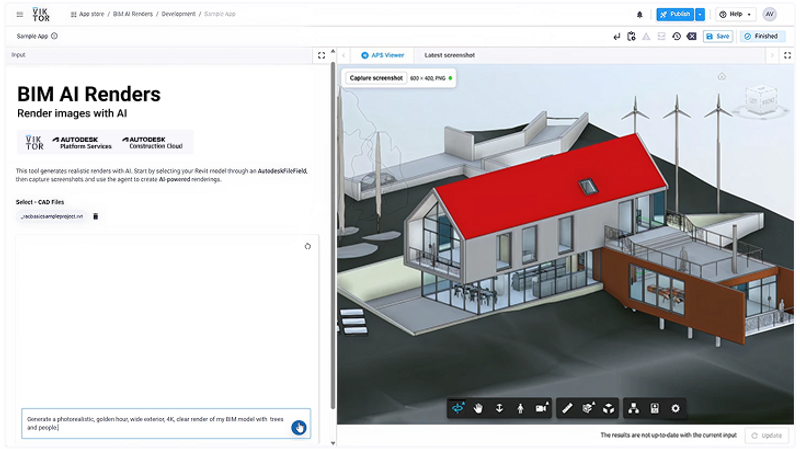Design Technology for High-Performance Buildings
A summary of an event conducted by aec+tech in April 2022 as part of its ongoing AEC-tech talk series. In conjunction with this month’s topic — Design Technology for High-performance Buildings — panelists Kristen Forward from NBBJ Design and Daniel Stine from Lake|Flato Architects shared their insights and expertise in high-performance building design enabled by design technology. To watch and follow this and future aec+tech talks, visit our YouTube channel here.

Kristen Forward: NBBJ Design
Kristen is a Design Performance Analyst at NBBJ Design and co-leads the firm’s Design Computation team. She has an educational background in business and architecture, with her research focusing on integrating automation into sustainable design practices. As an analyst and digital leader at her firm, she provides thought leadership on high-performance building concepts, both strategic and technical.
Offering a bit of context on the work she carries out at NBBJ, Kristen talks about the environmental issues that necessitate high-performance goals for building design. Climate breakdown, resource scarcity, along with a rapidly growing population all contribute to increased stress on the larger AEC industry; she highlights the responsibilities that Architects have in this century to understand the impacts of buildings on the planet, and the ways and means to reduce it. She mentions NBBJ’s recent statement on becoming carbon neutral and committing to net-zero carbon by 2040. This starts by taking accountability for their own business’ carbon impact, looking toward lowering energy use in their studios and offices, minimizing waste generation, and even bringing down their footprint on business-related travel/commuting.
NBBJ’s slogan, We Design for Life, reinforces the firm’s goals of creating enduring value for clients and for society at large, by improving the planet’s health:
People being the most fundamental aspect of this equation, Kristen advocates.
The practice has a specific group primarily focused on design performance, which looks beyond just building performance metrics, and more into the human experience, and the occupants’ health and well-being. The group specializes in performance analysis, energy modeling, as well as the creation of custom tools and frameworks that enable the firm to achieve its targets. They also track the certification of projects firm-wide, offering consultancy by embedding team members from the onset of projects, thus helping clients and project teams optimize their buildings. This makes technology a highly intrinsic attribute of their design work. She says the group also regularly trains and educates Architects and Designers in NBBJ on performance design.
Kristen talks of NBBJ’s other technology-driven group: their Design Computation team, part of their larger digital team, spanning across their studios. The team works on projects directly, meeting the interests of the project team, and exploring technological trends in the AEC space like data mining, machine learning, digital fabrication, etc. The two groups often work closely, creating frameworks that augment the design process by increasing design efficiencies towards performance goals, enabling the entire practice to attain its target commitments.

She talks of the diverse areas of work that the Design Computation team focuses on, from data science, UI/UX, to web tools and custom plugins.
Kristen talks of the practice’s internal digital infrastructure backbone called The Toolkit, which includes the collection of all the tools and frameworks developed by digital specialists, for use by all professionals within the studios regardless of their expertise.
Kristen goes on to offer insights about projects where they have widely used performance analytics to accomplish project-specific goals. They do so by optimizing on metrics, again with respect to each project, and often running simulations and making analyses to achieve these aims. Besides environmental design, they also solve design problems pertaining to aspects like visual connectivity, user experience, internal lighting design, air quality, and so on. In most of these cases, the performance and the computation groups created need-specific tools and plugins to explore design options to a maximum extent, in a streamlined and efficient way. She says that her role in the practice essentially is to work between the project-embedded computation team and the goal-oriented performance group to gather feedback and ideas to solve problems at a more infrastructural and institutional level in the company.
In translating their building performance research into a usable form, Kristen says that they develop their customized toolkits, and educate designers in the firm on using and integrating them into their project workflows. They design such tools in a very easy-to-use and easy-to-access format, keeping in mind the interface design, the relevance of the metrics, and their comprehensibility so that any design team member in the project could use them proficiently.
For example, she mentions their web-based carbon estimation guide, ZeroGuide, which acts like a survey that someone can fill in at the start of their project in a fun and interactive interface. It gives out the potential emissions from a project based on the project scale and program complexity, even before geometry creation starts.

Another tool that they’ve made enables designers to understand the key considerations at different phases for approaching building performance. It works by prompting performance-related questions, which are mapped across the different project phases, and produces summarized information and links to associated tools and case studies. She also states that many of their toolkit ideas and concepts come from hackathons that they host internally or participate in externally in the interest of contributing to the profession as a whole.
Daniel Stine: Lake|Flato Architects
Director of Design Technology at Lake|Flato Architects, Texas, Daniel is a Wisconsin-registered Architect and has been teaching graduate Architecture students for more than nine years. He also maintains two active blogs, namely his own channel titled BIM Chapters and as a commissioned writer for the visualization software company, Enscape. A member of the AIA COTE (Committee on the Environment), he is co-author of the forthcoming AIA Climate Action Business Playbook. Further, he also chairs the BIM Standards Committee at the Illuminating Engineers Society.

Talking of their practice, Daniel says that Lake|Flato Architects is a signatory of the AIA 2030 commitment since the year of its inception, and has been reporting its portfolio ever since. The firm has also signed the COP26 Communique, and they are being very deliberate about design technology and building performance in practice. They have a specialized sustainability organizational structure: Sustainability/Building Performance Director > Sustainability Coordinator > Studio Sustainability Champion > Project Sustainability Champion. He says there is a very organized and efficient methodology of communicating and sharing knowledge revolving around sustainability: with their sustainability/design performance action plan, they are in a better position to make project-related decisions to meet their respective goals, as well as firm-wide objectives.
Daniel also mentions his administrative role at the practice, making sure the consultants are collaboratively working on energy models on the cloud, while also intervening whenever necessary. The practice relies on BIM frameworks, as well as performance tools like Autodesk Insight to take care of the thermal and energy modeling. Other than popular design software used, he speaks of a custom toolkit they’ve created with a developer, where quality views of the external environment could be simulated from different spaces at the click of a button.

Daniel goes on to talk about the climate-oriented research he has done for a project, analyzing the building envelope characters for a hot humid climate, in San Antonio, Texas, and the change in metrics that follow if the same project is placed in multiple different climatic zones in the US. He has created a report that expresses the degree of correlations in the costs associated with each zone, and how they relate to one another on a performance level. Likewise, they have developed research-oriented custom workflows on diverse facets of building performance including operational energy, embodied carbon, daylight analysis, etc. Building upon it, the firm has created workflows that help analyze properties like thermal mass, transmittance, reflectivity, etc. right at the geometry creation stage, in a way that design decisions are made in compliance with standards like the ASHRAE 90.1.
Daniel speaks of the nuances in the digital practices at their firm, and how they solve performance-oriented design problems with commonly used software. Using a combination of tools like OpenStudio, EnergyPlus, and Dynamo with Autodesk Revit has more than satisfactorily solved most of their requirements, with custom toolkit intervention coming in to address and augment specific tasks.
Recent Articles
Learn about the latest architecture software, engineering automation tools, & construction technologies

Pioneering Technical Report Management (TRM™) for AEC Firms: A Quire Deep Dive
Learn how Quire founder Kelly Stratton is reinventing technical reporting in our latest aec+tech interview, where its purpose-built TRM™ platform, WordBank-powered standardization, AI-driven Smart Search, quality control, and the Lazarus knowledge engine come together to help AEC, environmental, and CRE teams cut reporting time and errors while unlocking their institutional expertise.

Moving to the Cloud: Egnyte’s Staged Approach for Architecture Firms
As projects grow, AEC firms are rethinking data management and collaboration. This article outlines Egnyte’s six-stage Architecture Cloud Journey—a practical roadmap for moving from on-premise systems to secure, collaborative cloud environments. From assessment to continuous improvement, it shows how to streamline workflows, strengthen security, and future-proof with AI-ready infrastructure.

SaaS Founders: Are You Timing Your GTM Right?
This article was written by Frank Schuyer, who brings firsthand experience as a founder in the software and SaaS world. In this piece, he explores how founders can unlock faster growth and stronger market traction by integrating go-to-market strategy (GTM) from the very beginning of product development—rather than treating it as an afterthought.

The VIKTOR App Builder: Putting Automation into Every Engineer's Hands
The VIKTOR App Builder is changing how engineers automate their work. Built on VIKTOR’s secure, enterprise-ready platform, it lets users turn calculations, checks, and post-processing tasks into shareable browser-based apps—no coding required. In this interview, CPO Stijn Jansen explains why the team created it, how it bridges no-code, low-code, and full-code workflows, and what it means for the future of AI-assisted engineering.